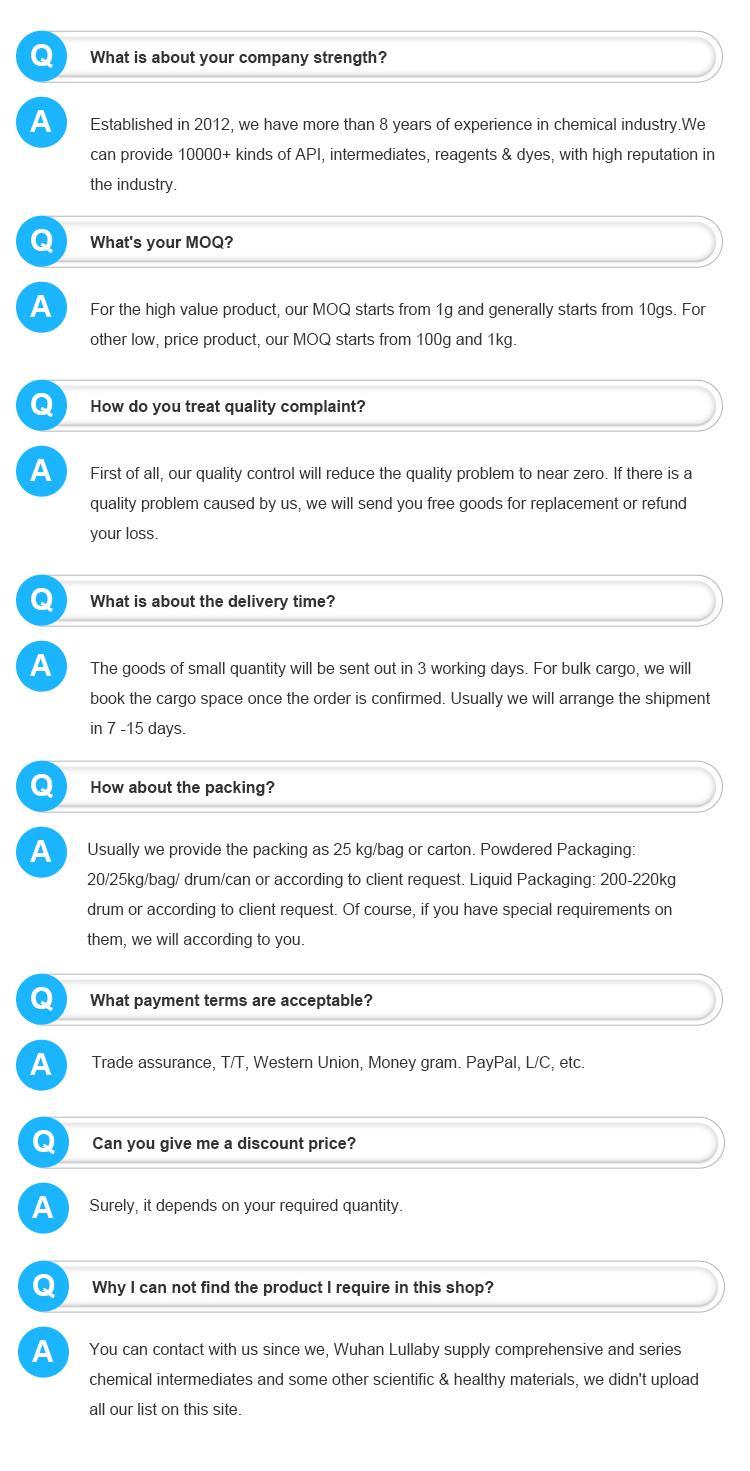Menatetrenone (INN), also known as MK4, is a vitamin K compound used as a hemostatic agent, and also as adjunctive therapy for the pain of osteoporosis. Menatetrenone is one of the nine forms of vitamin K2.
MK4 is produced via conversion of vitamin K1 in the body, in the testes, pancreas and arterial walls. While major questions still surround the biochemical pathway for the transformation of vitamin K1 to MK4, studies demonstrate the conversion is not dependent on gut bacteria, occurring in germ-free rats and in parenterally-administered K1 in rats. In fact, tissues that accumulate high amounts of MK4 have a remarkable capacity to convert up to 90% of the available K1 into MK4.
MK4 is marketed for the osteoporosis indication in Japan by Eisai Co., under the trade name Glakay.
| Name | Menatetrenone | EINECS | N/A |
| CAS No. | 863-61-6 | Density | 0.994 g/cm3 |
| PSA | 34.14000 | LogP | 8.91790 |
| Solubility | N/A | Melting Point | 350 °C
|
| Formula | C31H40O2 | Boiling Point | 570.6 °C at 760 mmHg |
| Molecular Weight | 444.657 | Flash Point | 208.3 °C |
| Transport Information | N/A | Appearance | yellow crystals |
Appearance and properties: yellow crystal
Density: 0.994 g/cm3
Boiling point: 570.6ºC at 760 mmHg
Melting point: 350ºC
Flash point: 208.3ºC
Refractive index: 1.538
Storage condition: -20ºC
Tetraenomenadione, also known as vitamin K2, is a naturally occurring vitamin containing the basic structure of menadione and has an anti-bleeding effect. In 1929, Damme found that there are two kinds of vitamin K in nature, K1 and K2, which are naphthoquinone compounds. This product is yellow crystal or oily liquid, insoluble in water, easily soluble in organic solvents and vegetable oils, heat resistant, but easy to be destroyed by light. It can promote the synthesis of prothrombin in the liver, regulate the synthesis of coagulation factors Ⅶ, Ⅸ, Ⅹ, and thus accelerate blood coagulation. In addition, it plays an important role in glucose phosphorylation in cells. In some bacteria, such as Mycobacterium, it can be used as a component of the respiratory chain. After deficiency, the clotting time is prolonged, so when there is trauma, the bleeding will not stop. The bacteria in the gut of humans and animals can be synthesized, so it is generally not easy to get deficiency. It is found in liver, fish, meat and leafy greens such as cabbage and spinach.
